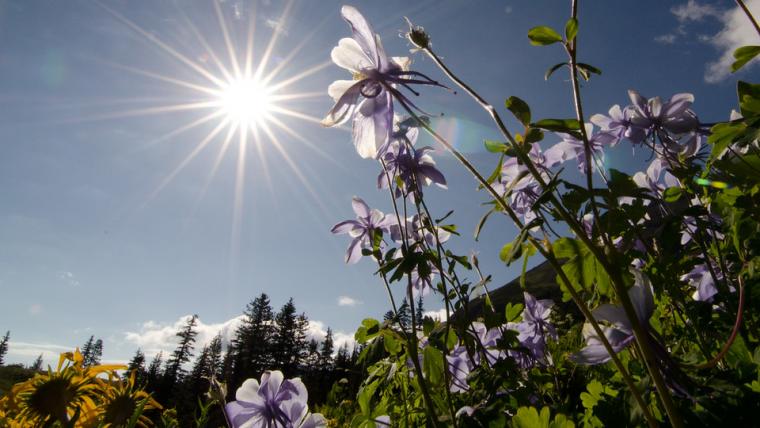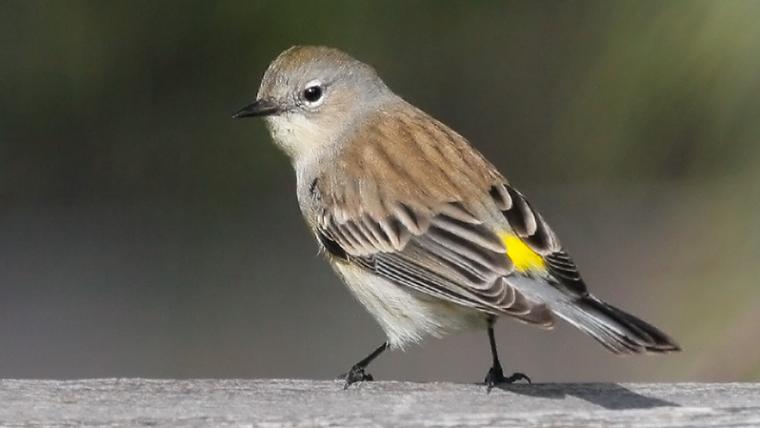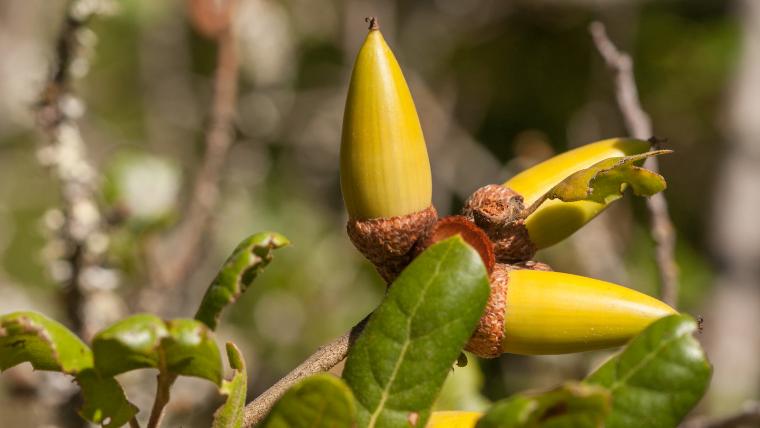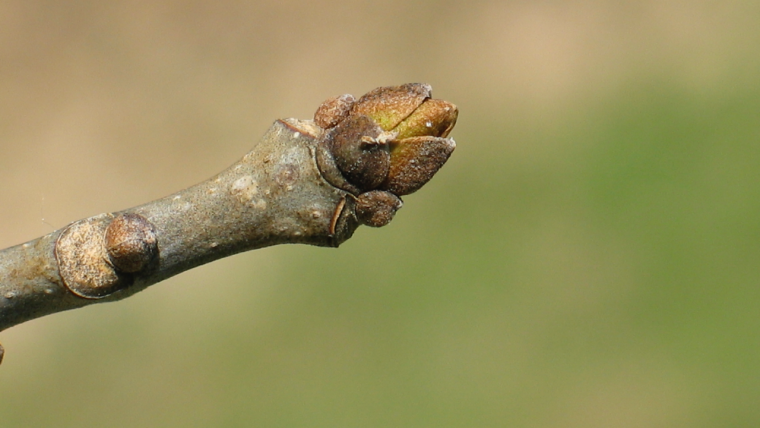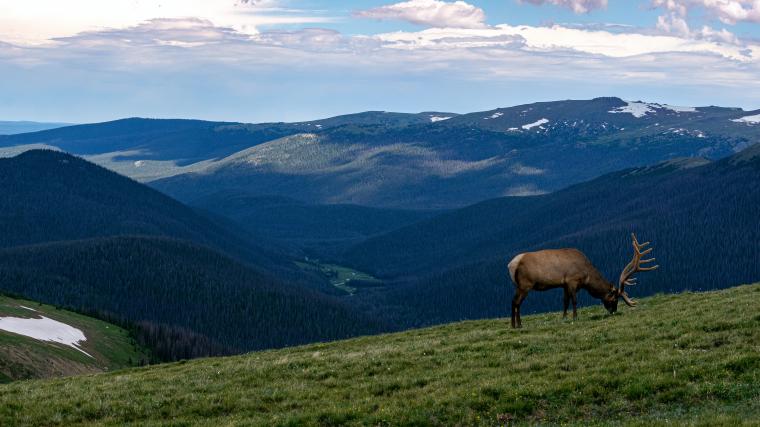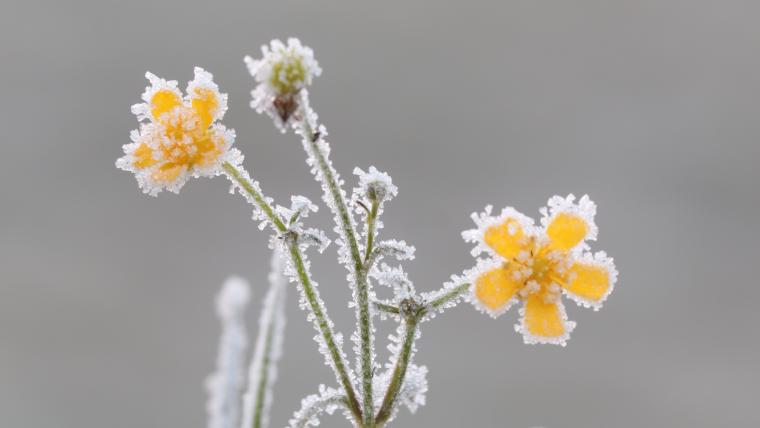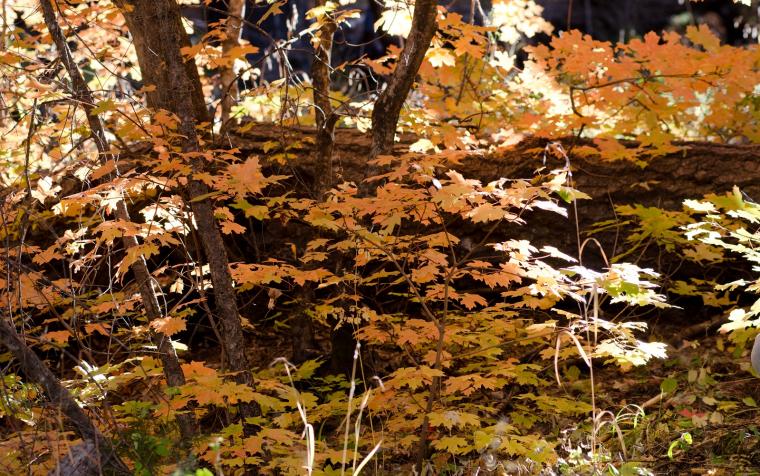
Linking time-lapse camera data to phenology observations
Mon, Mar 19, 2018
To better link phenology data from time-lapse cameras and on-the-ground observations, authors of a new study in Ecosphere compared digital images of tree foliage color from spring to autumn to observations made using the USA-NPN protocols. The authors also found that chill and minimum temperature in autumn, drought stress in autumn, and heat stress in summer are all important factors to the timing of peak fall foliage color.

